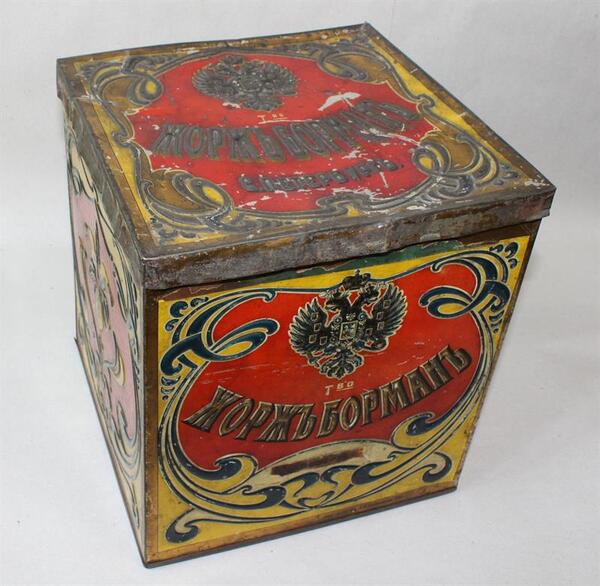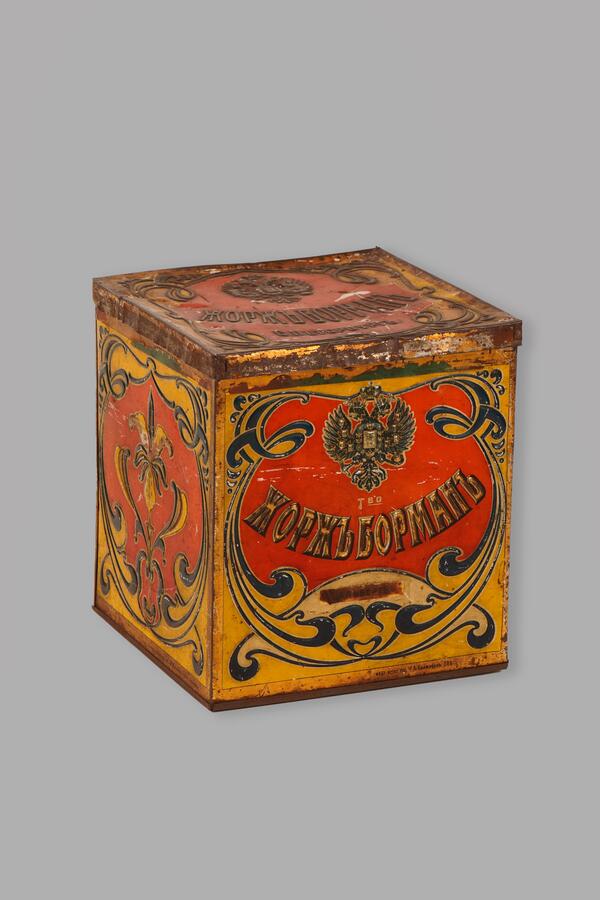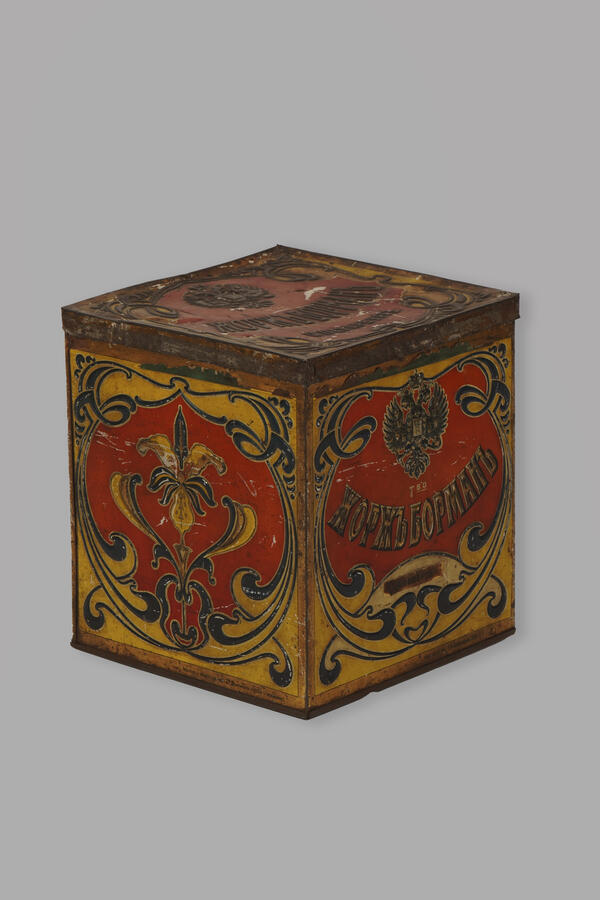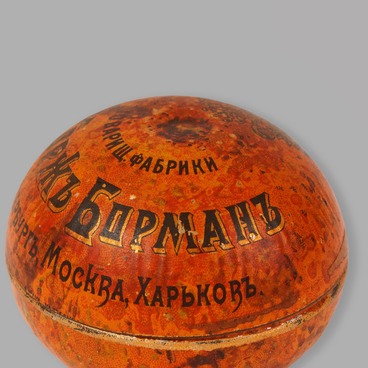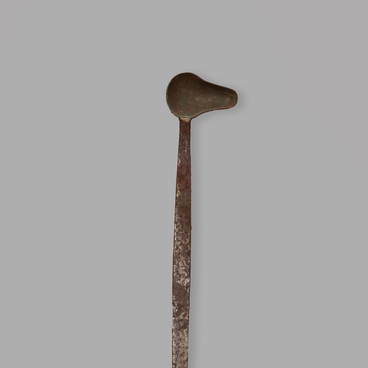The history of Georges Bormann’s confectionery company, known in Russia and Europe for the high quality of its products that won prizes at various exhibitions, began with a small confectionery shop and a manual machine for making (“forming”) chocolate — the main source of profit for Grigory (Georges) Nikolaevich Bormann.
Since its opening in 1862, in half a century the shop had grown into a prosperous factory equipped with modern technology and employing 280 people. Up to 150,000 pounds of sweets — chocolate, candy, caramel, small lollipops, marmalade, and marshmallows — were produced at the factory conveyors every year.
In 1893, the founder’s son, Georgy Borman, who had studied confectionery in Germany two years prior, joined the company’s business. The company embraced modern technology: the factory equipment was regularly upgraded, and advertising campaigns helped retain loyal customers. It was also important to follow market trends. When it became clear that the new cocoa drink was becoming more popular as a beverage than coffee, the factory immediately began producing several varieties of this product.
The goods of Georges Bormann’s factories found their way throughout Russia — the starting point was the annual Novgorod fair. The red round seal with capital letters “ЖБ” was one of the first trademarks registered in Russia.
However, chocolate remained the real gem of Bormann’s products. Back in the 1860s, one and a half tons of chocolate was produced per day. In 1895, the “Triumph” chocolate won seven highest awards at international exhibitions. The company launched one of the most striking advertising campaigns to promote the sales of this chocolate — it introduced a chocolate vending machine. It was installed on Nevsky Prospekt, and anyone could buy a sweet bar from the machine for 15 kopecks. People gathered to admire the curious innovation and test it in action. Apart from owning expensive shops on Nevsky Prospekt, the Bormanns also had a modest snack shop next to Apraksin Yard. Fewer products were sold there, but they were more accessible: mainly they were caramels, candies and lollipops.
The collection of awards, including medals from the World Exhibition in Paris, was crowned with the title of Supplier of the Court of His Imperial Majesty with the right to use state symbols on the company’s products.
In Soviet times, the Bormann factory was named after the Bolshevik revolutionary Konkordiya Samoilova. The company is still operating under this name.
Since its opening in 1862, in half a century the shop had grown into a prosperous factory equipped with modern technology and employing 280 people. Up to 150,000 pounds of sweets — chocolate, candy, caramel, small lollipops, marmalade, and marshmallows — were produced at the factory conveyors every year.
In 1893, the founder’s son, Georgy Borman, who had studied confectionery in Germany two years prior, joined the company’s business. The company embraced modern technology: the factory equipment was regularly upgraded, and advertising campaigns helped retain loyal customers. It was also important to follow market trends. When it became clear that the new cocoa drink was becoming more popular as a beverage than coffee, the factory immediately began producing several varieties of this product.
The goods of Georges Bormann’s factories found their way throughout Russia — the starting point was the annual Novgorod fair. The red round seal with capital letters “ЖБ” was one of the first trademarks registered in Russia.
However, chocolate remained the real gem of Bormann’s products. Back in the 1860s, one and a half tons of chocolate was produced per day. In 1895, the “Triumph” chocolate won seven highest awards at international exhibitions. The company launched one of the most striking advertising campaigns to promote the sales of this chocolate — it introduced a chocolate vending machine. It was installed on Nevsky Prospekt, and anyone could buy a sweet bar from the machine for 15 kopecks. People gathered to admire the curious innovation and test it in action. Apart from owning expensive shops on Nevsky Prospekt, the Bormanns also had a modest snack shop next to Apraksin Yard. Fewer products were sold there, but they were more accessible: mainly they were caramels, candies and lollipops.
The collection of awards, including medals from the World Exhibition in Paris, was crowned with the title of Supplier of the Court of His Imperial Majesty with the right to use state symbols on the company’s products.
In Soviet times, the Bormann factory was named after the Bolshevik revolutionary Konkordiya Samoilova. The company is still operating under this name.

